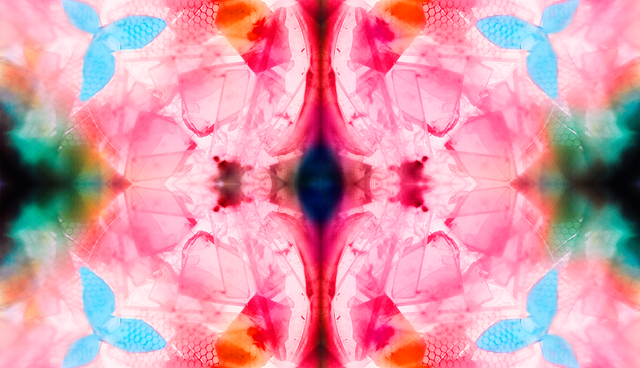The Weird Symptoms of My Traumatic Brain Injury—and the Freak Accident That Caused It
Why is it so hard to spot a TBI?
BY STACEY REYNOLDS, AS TOLD TO ANTONIA DEPACE AND KRISTY ALPERT  LAURA STOLFI/STOCKSY UINTED
LAURA STOLFI/STOCKSY UINTED
I knew I’d seen her white-framed glasses before, many times even, but I was still unable to summon her name. Anxiety swept over me as she entered the Blue Yoga Nyla studio that spring morning of 2017 in North Little Rock, Arkansas. It wasn’t teaching jitters—it was my studio, after all, and I’d taught some 12,000 classes by that point. No, this was something else. Names, yoga sequences, even numbers continued to escape my memory throughout that class—just some of the side effects, I would later learn, from my untreated brain injury.
The night before, my husband and I had fallen asleep as usual, our ceiling fan whirring above us, our room’s air vents open on both sides of it. Also typical: I woke chilled in the middle of the night and stood on the bed in a haze to close the vent above my side. I felt the pain in my back first, after I was thrown to the ground. Then I felt the cut above my temple where the ceiling fan had struck me. My husband sprang from bed, as confused as I was, to try to stop the bleeding with a rag.
I let my confusion keep me from going to the hospital that night, but not even a head injury could prevent me from returning to my students. My assistant watched me fumble through that class, said, “Honey, you’re not okay,” and drove me to the hospital. We waited about four hours before seeing the doctor who would order a test and diagnose me with a concussion and a “possible brain bleed.” Then he sent me and my brain home, possibly bleeding. No paperwork. No instructions on how to proceed after a concussion.
When I try to remember it now, the rest of that day is blank. The rest of the following weeks are fuzzy too. I tried to carry on with my daily life as usual, but I was struggling. Post-concussion syndrome symptoms settled in quickly, and I soon found myself unable to control my emotions. Huge mood swings and deep bouts of depression, along with paralyzing anxiety and memory lapses, derailed my days.
Something was obviously wrong, so I checked in with my primary care provider. Right away, she was livid when she heard that I hadn’t been instructed to rest or avoid overstimulating my brain after the accident. She gave me proper care instructions, warning me that repercussions from the injury and pushing myself afterward could easily last for years.
I faithfully followed her guidance, but was still not feeling like myself when a program called Love Your Brain contacted the studio later that year. They wanted Blue Yoga Nyla to be a part of their international program using yoga and mindfulness techniques as a method of improving quality of life for people with traumatic brain injuries. They sent me to Kripalu Center for Yoga & Health for four days of training.
When I try to remember it now, the rest of that day is blank.
On day one, I learned my accident was more than a concussion and much more than a scar—I had sustained a traumatic brain injury (TBI). The fan had struck me in my temporal lobe (the section of the brain that’s in charge of both creating and saving memories), and my symptoms were textbook TBI. I took advantage of the yoga and meditation classes there as a student, noticing more than ever that when my mind wouldn’t work, my body would. My stress and fatigue very slowly melted away. I felt more like myself again.
It took nearly two years after that initial training before I could trust handling and regulating my emotions, and truthfully, I still experience symptoms from my TBI. The mind-body connection of yoga always has been and continues to be a soothing journey for my soul and brain. The mat has been a prayer altar, doorway, refuge, and boxing ring. A place for truth. It’s also taught me to look at my injury differently, and in doing so, I’ve decided I wouldn’t change what happened. Not the injury. Not the diagnosis. Instead, I find purpose in exploring ways I can use my story to help others heal too.

